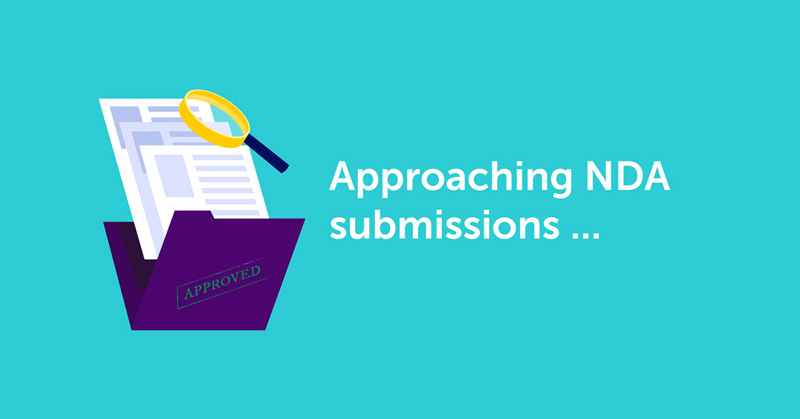1 min read
Tony's Tribe - a socially distanced fundraiser
2020 brought a lot of unexpected challenges – not many of them easy, or enjoyable. We’re all working remotely, which...

You will undoubtedly have already engaged with the relevant authorities and had those concept discussions throughout your development and late phase studies. Now with confidence high and the pivotal studies coming to a close it is important that the submission is mapped and the required components are listed clearly, resourced and sequenced. The consequences of a refuted application can be detrimental to finances and company reputation, it is imperative to get it right first time.
Beware of common submission deficiencies:
A cohesive working party must be established as there are many parts to consider and each requires a level of expertise and experience that will make your submission a SUCCESS. Who will…
At SQN we have supported submissions at varying levels, from statistical consultant support to review legacy studies and target the design of the late phase pivotal studies through to the post submission authority engagement and follow-up.
With the draft label created, the intended key messages documented and the pivotal studies designed and recruiting, the integration/pooling of the data requires careful consideration. Typically, you may have multiple studies to consider for supporting your safety and/or efficacy claims. These studies may not all conform to submission standards. At this stage it is invaluable to engage with a well-seasoned statistician who will collate the legacy study designs and assist with your initial pooling plan, considering patient populations, dosing, regimens and trial durations and helping you devise the pools and related justifications for those. It is then time to share those plans and speak with the authorities, obtain guidance and fine tune the pooling plan.
Focus then turns to the data and it should be ensured that the ongoing pivotal studies are reported and delivered in compliance with eCTD requirements i.e. CDISC conformance standards (SDTM and ADaM) as well as ICH E3 compliant study reports (CSRs). This will save time later when the data integrations to support the pooled data analysis are required.
Whilst the pivotal studies are running it is an ideal time to finalise the ISE and ISS statistical analysis plans. There is also time to complete the necessary validation and formatting of any legacy studies to be incorporated in the submission.
Suitable legacy studies will used to support Safety and/or Efficacy, it is important to ensure that the eCTD required submission documents are inclusive, conclusive, robust and the analyses results production has absolute transparency from CRF data through to results. Legacy folder structures will probably need to be deciphered and you may need to go as far as validating raw datasets against the CRFs to confirm that the raw data thought to be the ‘final clean data’ is truly that. This process can be time consuming and typically requires Data Management support. It may be necessary to retrospectively create CDISC SDTM and ADaM entities and validate any utilised endpoints within them against the existing CSRs to ensure consistency. Each legacy study will have its own issues and it is imperative that a gap analysis plan is devised and deployed against each study to ensure that there is absolute data traceability and accuracy.
There are a number of submission requirements that surround the data elements, it is important that your chosen ‘Data experts’ are aware of these and avoid the simplest of pitfalls. For example:
With all your supporting studies polished and their respective dossier contributions prepared, the Pivotal studies will be coming to a close. Your ISS and ISE SAPs will be finalised (or close to!) and statistical programming should be progressing using legacy and pivotal test data as required. The clinical overview should be well advanced and drafted template ISE/ISS reports will be set out and have the key message sections ready to receive the pooled outcomes.
At the point of Database lock for the final pivotal study it will be full steam ahead. With careful planning and front-loaded preparations, the final pivotal study and final pooled analysis can be generated and reported.
Aug 31, 2021by SQN Marketing
2020 brought a lot of unexpected challenges – not many of them easy, or enjoyable. We’re all working remotely, which...
Aug 10, 2021by SQN Marketing
When people think of clinical trial data capture, the paper case report form (CRF) often comes to mind. Despite...
Aug 10, 2021by SQN Marketing
Introduction
There’s often a reticence around adopting electronic solutions for traditional processes – EDC took hold...